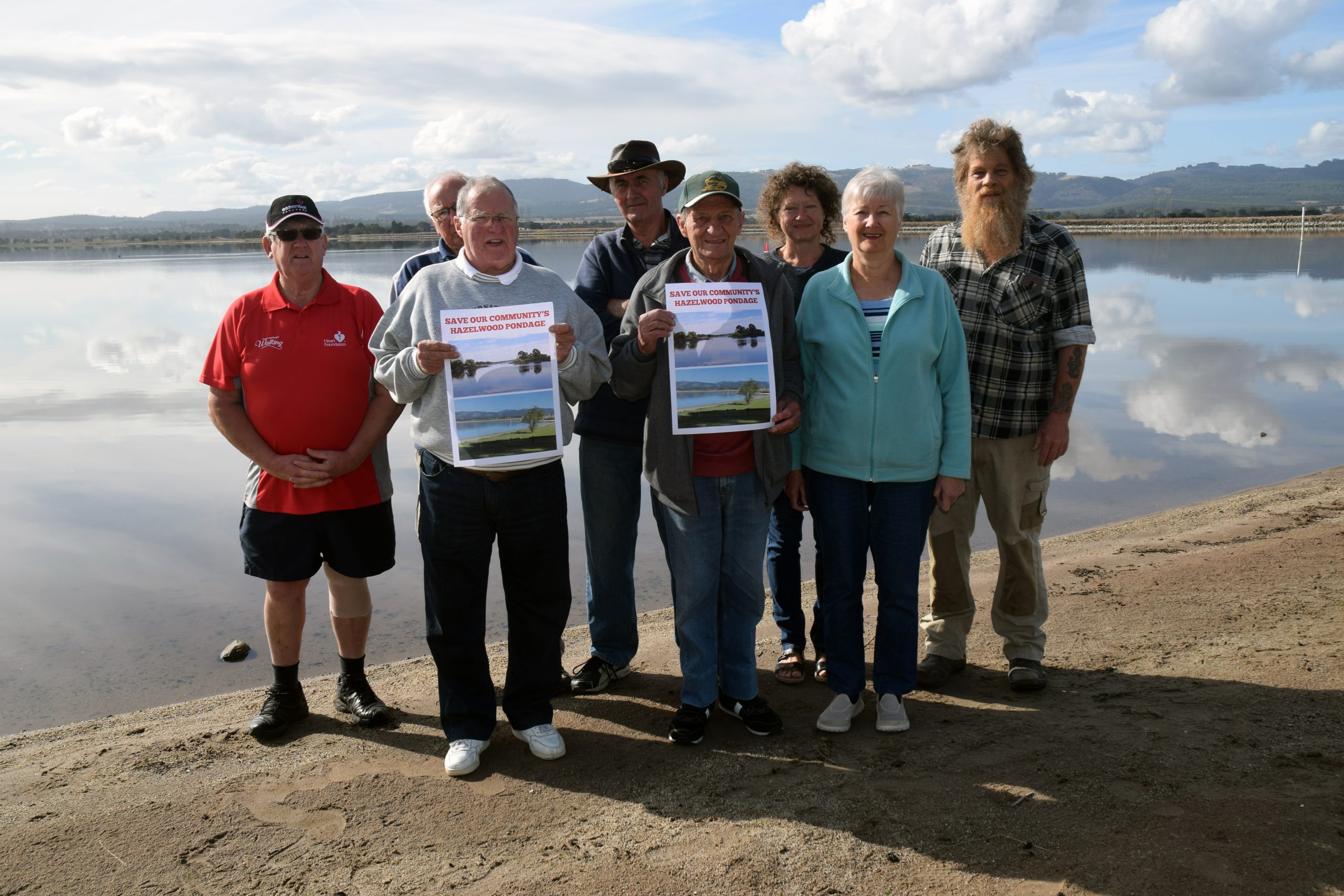THE number of hours ambulances spent queued at Latrobe Regional Hospital more than tripled in 2011/12 compared with the previous year, according to figures released by the State Opposition.
Labor’s Parliamentary Health Secretary Wade Noonan said documents just obtained by the Opposition, under Freedom of Information, revealed Latrobe Regional Hospital had the “greatest ‘ramping’ increase in the state over the last two years”.
Figures showed ambulances were ‘ramped’ – parked outside the emergency department waiting to unload patients – for 52 hours per month in 2009/10 but this number had risen to 161 hours per month in 2011/12.
“We need our ambulances available to attend emergencies, not sitting in queues created by a lack of hospital beds,” Mr Noonan said.
“These ramping times for the most recent financial year reveal that our highly skilled paramedics are being parked outside Victorian hospitals for longer than ever before because the Victorian health system has become gridlocked under the Baillieu Government,” the MP said.
“The recent Ambulance Victoria annual report revealed just how bad the ramping problem had become with one in four ambulances failing to respond to life-threatening emergencies within the Baillieu Government’s own state-wide target of 15 minutes.”
LRH chief executive Peter Craighead questioned the data’s accuracy and said performance data for October, for example, showed LRH “achieved 94 per cent for ambulance transfers within 40 minutes”, with only six per cent of transfers taking longer.
“The state target is 90 per cent so we are above the state benchmark,” he added.
Ambulance Victoria Gippsland regional manager Mick Stephenson said the organisation had “a number of initiatives in place at hospitals, which allow us to free up paramedics to respond to life-threatening emergencies.”
He said there was “a pilot underway whereby we transfer appropriate low acuity patients into emergency department waiting rooms and we work with hospitals to release paramedics to respond to those cases”.
“When required, managers will visit a hospital and work with hospital staff to make paramedics available as quickly as possible,” he said.
“We are also trialling a number of options within our communications centre to reduce the time paramedics spend at hospitals.”










